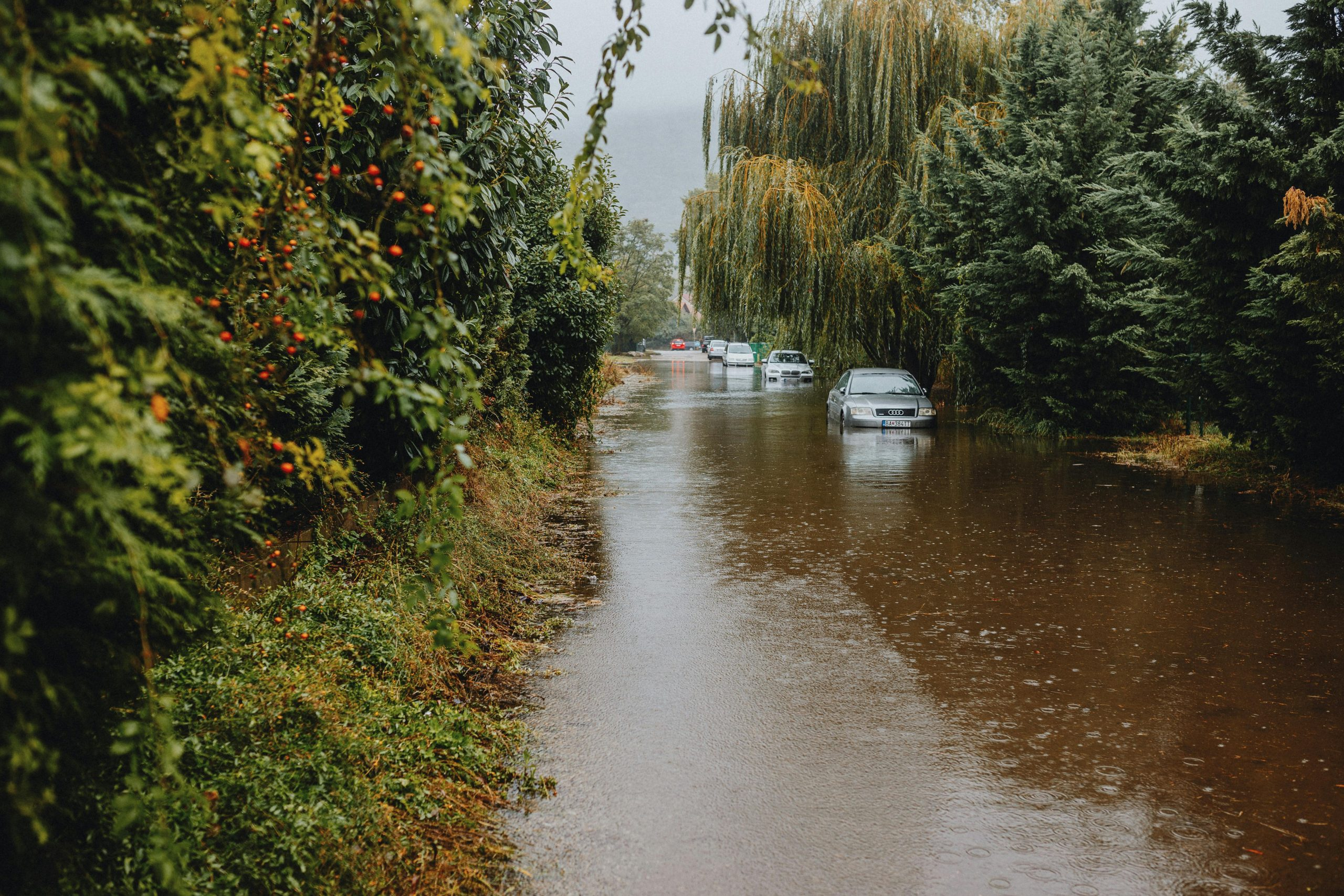Flood Zone Flip Risks: Insuring Climate-Vulnerable Investments
The real estate market is constantly evolving, and investment opportunities are always presenting themselves. One trend that has taken the market by storm is the practice of flipping properties in flood zones. With many investors looking to make a profit from these climate-vulnerable investments, it is essential to discuss the risks involved and how to protect them through proper insurance. In this article, we will delve into the topic of flood zone flip risks and how to insure these investments effectively.
The Popularity of Flood Zone Flipping
In recent years, the concept of flipping properties in flood-prone areas has become increasingly popular. This practice involves purchasing a property that is situated in a flood zone, renovating or improving it, and then selling it for a profit. With the increasing demand for housing and the scarcity of land, investors are turning to flood zones, which are often overlooked by traditional buyers, to find investment opportunities. However, this practice comes with its own set of risks that investors need to be aware of.
The Risks of Investing in Flood Zone Properties
Natural Hazards
The most obvious risk associated with flipping properties in flood zones is the constant threat of natural disasters such as hurricanes, floods, and storm surges. These events can cause significant damage to the property, resulting in not only financial losses but also delays in renovations and potential safety hazards for workers. It is crucial to thoroughly research the history of natural disasters in the area and assess the level of risk before making an investment.
Legal and Regulatory Issues
Flood zone properties are subject to various legal and regulatory requirements, which can pose a challenge for investors. These may include obtaining permits for renovations, complying with floodplain management ordinances, and adhering to building codes. Failure to comply with these regulations can result in hefty fines and delays in the project, affecting the profitability of the investment.
Insurance Limitations
Another significant risk to consider when investing in flood zone properties is the limitations of insurance coverage. Traditional homeowner’s insurance policies may not provide sufficient coverage for flood damage, leaving investors at risk of bearing the costs themselves. That’s why it is crucial to obtain flood insurance, which can be costly and challenging to secure in high-risk areas.
Protecting Your Investment
Conduct Proper Due Diligence
The key to mitigating risks when flipping properties in flood zones is to conduct thorough due diligence. This includes researching the flood history of the area, obtaining proper building permits, and understanding the legal and regulatory requirements. Additionally, it is essential to assess the potential cost of flood damages and the availability of insurance coverage.
Obtain Adequate Insurance Coverage
As mentioned earlier, traditional homeowner’s insurance policies may not cover flood damage, making it crucial to obtain specialized flood insurance. This insurance will provide coverage for flood-related damages, including damage to the structure and its contents. It is advisable to work with a reputable insurance provider who has experience in insuring properties in flood zones.
Implement Proper Risk Management Strategies
Managing risks effectively is essential in any investment, and this is especially true for flood zone properties. Some strategies to consider include conducting regular inspections of the property, implementing flood-proofing measures, and having an emergency contingency plan in place. By proactively managing risks, investors can minimize potential losses and protect their investment.
Conclusion
Flood zone flipping presents a lucrative investment opportunity for many real estate investors, but it comes with its own set of risks. Therefore, it is essential to thoroughly research and understand the risks involved before embarking on this venture. By conducting proper due diligence, obtaining adequate insurance coverage, and implementing risk management strategies, investors can protect their investment and ensure its profitability despite the unpredictable nature of floods and natural disasters.











